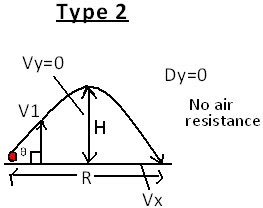If you want to do work, you have to have energy, otherwise nothing will ever get done. Energy is what keeps us moving through the day. There isn't, however, only one type of energy. Energy can come in many different forms and each has a specific function.
 Sound Energy: Sound energy is the energy produced by sound vibrations as they travel through a specific medium. Sound vibrations cause waves of pressure which lead to some level of compression and rarefaction in the mediums through which the sound waves travel. In other words, sound energy is a form of mechanical energy.
Sound Energy: Sound energy is the energy produced by sound vibrations as they travel through a specific medium. Sound vibrations cause waves of pressure which lead to some level of compression and rarefaction in the mediums through which the sound waves travel. In other words, sound energy is a form of mechanical energy.Mechanical kinetic energy: Mechanical energy is the sum of energy in a mechanical system. This energy includes both kinetic and potential energy. In a mechanical system, gravity is the outside force needing to be considered, and in a chemical system, the forces between individual molecules and atoms must all be considered.

 Thermal (heat) energy: Thermal energy is the vibration of atoms and molecules of a substance. As an object is cooled down, the atoms move slower, and as it is heated up, the molecules move faster.
Thermal (heat) energy: Thermal energy is the vibration of atoms and molecules of a substance. As an object is cooled down, the atoms move slower, and as it is heated up, the molecules move faster.
Chemical potential energy: When there is a storage of food and fuel into work. Potential means that there is a tendency to do work, but work is not being done in that particular moment. Chemical means that when an object is changed chemically. For example, when sugar is put into water, it is chemically changed.

Elastic potential energy: From the previous knowledge we have on potential energy, we should move on to elastic energy. As you are aware, elastic is something that can 'spring' or 'elasticity'. This helps lengthen the distance an object can travel.

Gravitational potential energy: Gravitational potential energy is exactly what it sounds like. So having potential energy means that an object has the potential to convert different types of energy to another type of energy. And gravitational energy is associated with gravity. Gravity is the Earth's pull downwards that affects every single object and being on this Earth. When there is a force of gravity acting upon something, it means that that object is being pulled to the ground, thus having a gravitational energy acting on it.

These are all the different types of energy that we need to be familiar with. There are many more types of energy but for now, these are the ones we need to know!
-Peggy.























